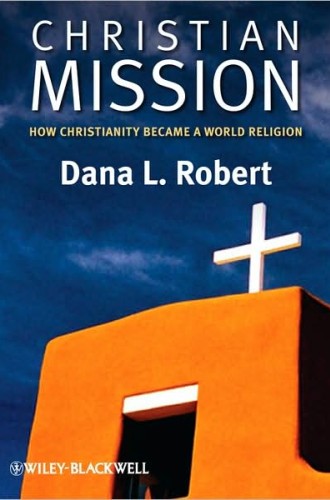Christian Mission, by Dana L. Robert
From its earliest days the Christian movement has manifested a powerful desire to cross cultural borders on a grand scale. The pages of the New Testament speak of disciples going to "all nations" and to "the ends of the earth." In some times and places the cross-cultural impulse has been less pronounced or less realizable than in others. But never has it been entirely extinguished, and the result is a world religion that is diverse and seemingly capable of endless diversification.
One time and place in which the cross-cultural impulse was less pronounced than in others was in the time of the entity known as Christendom, which lasted from the tenth through the 15th centuries. But just a few centuries later, Christianity went from being a religion predominantly espoused by Europeans and their descendants to being a global religion with significant numbers of adherents of Asian, African and indigenous American descent. The settled, territorial notion of Christendom, with its imperial overtones associated with the European past, gave way to a much more diverse Christian reality.
Seen against the background of the cross-cultural impulses embedded in its founding narratives, Christianity at the beginning of the 21st century appears to have realized some of its fuller identity. Arguably, it has taken a long time for the inner logic of Christianity as a world religion to work itself out on a global scale. The resulting world Christian fellowship and movement are an expression of something intrinsic to the Christian faith.





